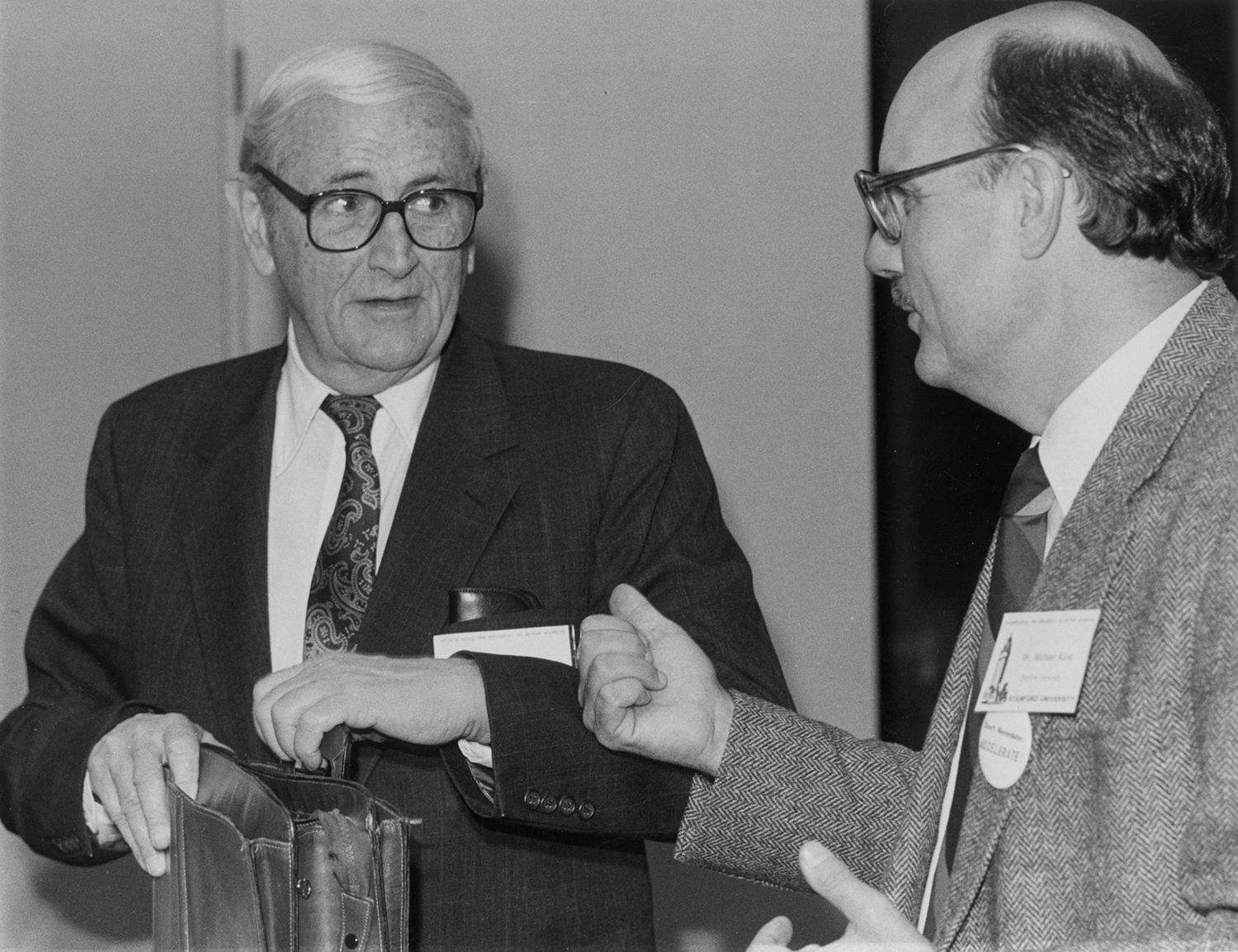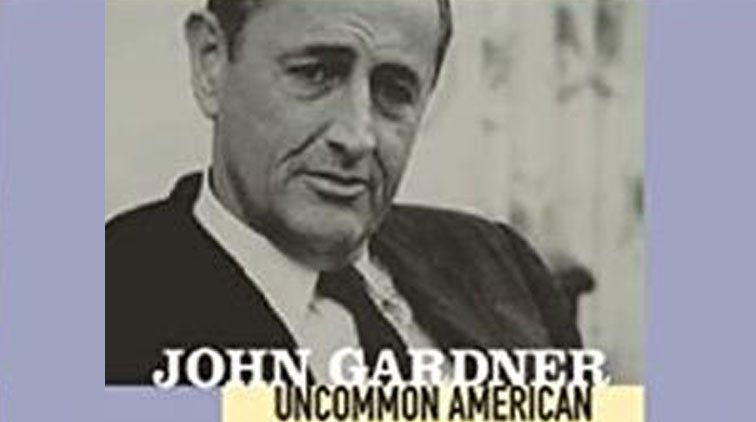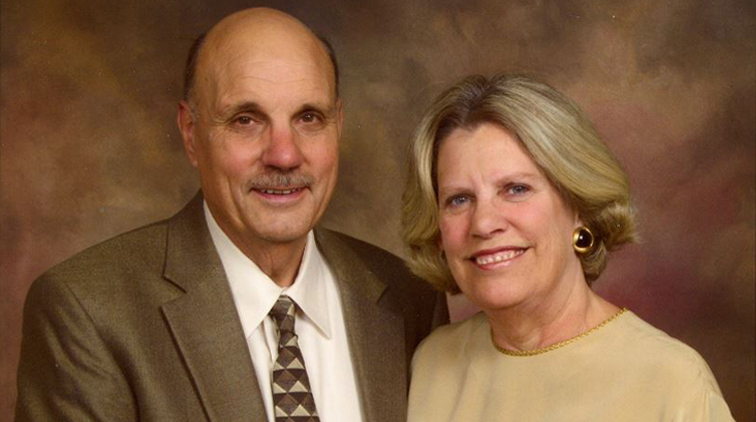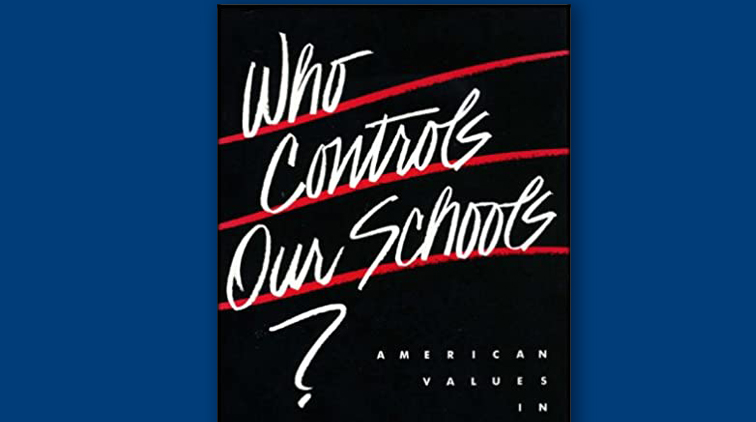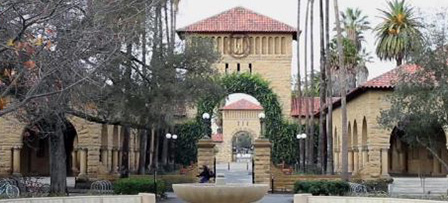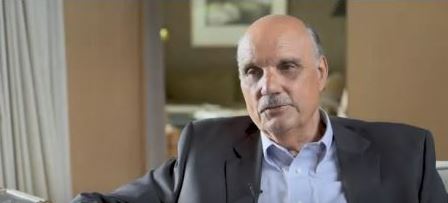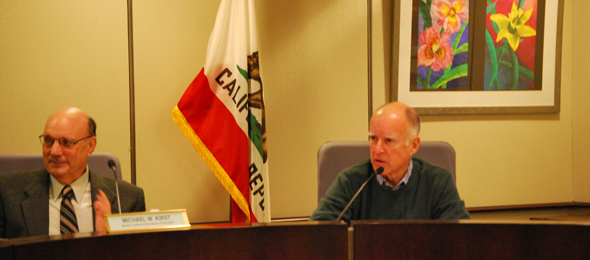Biography Project Installments
Sneak Preview: How John Gardner Became “Kind of a Father Figure”
In this sneak preview, you’ll hear in this excerpt of an audio clip in which Mike reveals Wendy’s previously working for Gardner in D.C. and becoming friends with his wife Aida are what made the two couples “really gel.”
11th Installment: “An ‘Uncommon American’ Influences on an ‘Uncommon Academic'”
The focus of this installment is on Mike’s relationship with John Gardner.
We explore Gardner’s influences on Mike from their work together in DC and even more profoundly over time. The next installment treats in more depth how that relationship developed and how a combination of circumstances, including Mike’s wife’s Wendy’s role, helped the two men carve a powerful personal path and significant mutual accomplishments.
Tenth Installment: Let’s Get Personal, “From Fraternity to Paternity”
Jim Kelly, founder and past CEO of the National Board for Professional Teaching Standards and life-long friend of Mike Kirst who set up the first date with his wife Wendy, gave me this advice when starting this biography project: “You’ve gotta write about all [the] serious stuff, but make sure you don’t drift off into ‘do-gooder drivel’ and thus miss the ‘whole guy.’
So that’s the emphasis of this and the next “Let’s Get Personal” installments. This episode puts a spotlight on Mike’s early Dartmouth fraternity years, the start of his family, and his meeting and courting his wife Wendy. I think you’ll enjoy finding out a bit more about Mike, ‘the whole guy.”
Ninth Installment: A Young Dr. Michael Kirst Goes to Washington
In this installment, Mike reflects on his transition to and doctoral studies at Harvard, including receiving some bad advice from his college advisors but also making a key—and, as it turns out, long-term and multifaceted—connection with John W. Gardner, president of the Carnegie Corporation of New York, known as “one of the most powerful behind-the-scenes figures in education.” We’ll also hear how a very young Mike first met President Lyndon B. Johnson and served, like his mentor Mr. Gardner, as a behind-the-scenes advisor at the inception of still today the largest federal education program—the Elementary and Secondary Education Act (ESEA)—as well as helped introduce the President to the woman who wrote Johnson’s best-selling biography.
Eighth Installment: Who Controls Our Schools? The Genesis
As the coronavirus pandemic has spread across the world, federal, state, and local officials in the U.S. are not only arguing over what to do but also over who has the authority to do it. As of the writing, in the spring of 2020, nearly all public and independent schools are closed in this country due to this global calamity. How and when American schools will reopen, and who will make that decision, are widely debated, prompting us to recall Mike’s most widely read book—Who Controls Our Schools?: American Values in Conflict.
In this installment, we explore how early in his studies, Mike began to formulate this question and eventually answer it in a way that demonstrates its complexities—which will help us to understand better the “Who’s in charge of American schools” question in this pandemic era.
Seventh Installment: The Early Influences, Part 2
Indeed, internet searches have uncovered leads to aspects of Mike’s early years that have even intrigued him: “I keep finding out new things,” Mike Kirst wrote to me after the publication of the previous installment. This installment also draws on oral history interviews that Mike recorded for “The States’ Impact on Federal Education Policy Oral History Project” compiled in 2013 by the New York Archives.
Sixth Installment: Early Influences, Part 1
We hear first-hand in this installment about the earliest influences on Mike Kirst’s personal development and his more than half-century-long contributions to reforming American education. We’ll first hear Mike talking about growing up in Reading, Pennsylvania and important personal insights about his family. We then find out about, often in Mike’s own words, about three important turning points during Mike’s high school and college years — with particular focus on the opportunities afforded by Dartmouth University for a young man who grew up in his own words “in the Anthracite Coal Region of Pennsylvania.”
Fifth Installment: Three Lessons from a Long Career
This installment draws on a 2015 interview with Mike for highlights of “what Mike has…learned.” Stanford’s Center for Education Policy Analysis (CEPA) asked a handful of its top researchers to reflect on the most important conclusions, implications, or lessons from their bodies of work. By the time of the interview, Mike was serving his fourth term with Jerry Brown as President of the California State Board of Education.
Fourth Installment: Best Years of a Career
We start this fourth installment of “Conversations With and About Mike” with him reflecting on his 50+ year career. In it, Mike gives us a roadmap for much of the content and trajectory of his career as well as direct evidence of his character and charm.
Third Installment: Moving to Mike on Mike
We start this third installment by listening to Jerry Brown again, in his final days as governor now responding to one of my final questions in that interview: “Is there anything you and Mike have done [in your recent education reform policy] that you would like to see being done in any other states?”
- « Previous
- 1
- 2
- 3
- Next »

